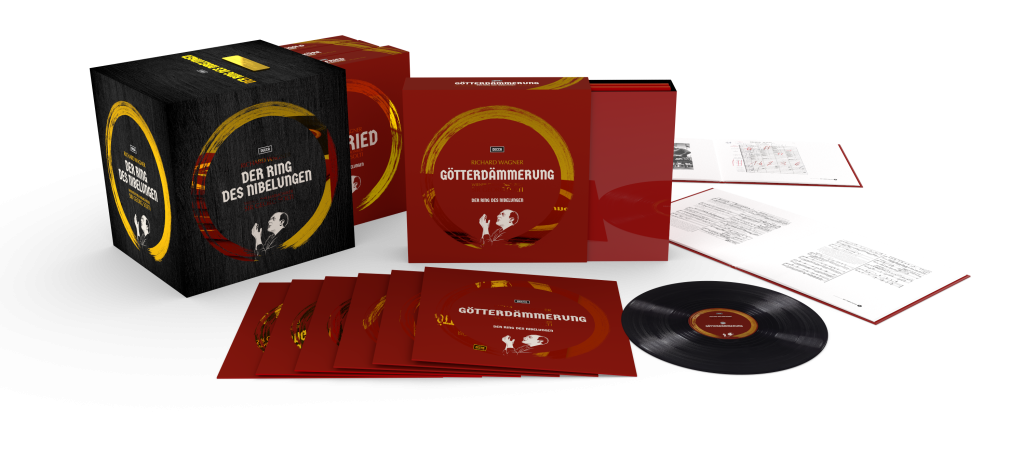This new transfer is being released in May, but at staggeringly high prices:
Vinyl LP set: £630
SACD set: £370
Dolby Atmos Blu-ray audio disc: Price TBA
Personally, I'm not interested in the vinyl edition at any price, but the SACD does seem worth investigating. However, if the Dolby Atmos disc can be played on an ordinary Blu-ray player, it might be the best option, just as long as it hasn't been meddled with to create fake multi-channel sound.
Vinyl LP set: £630
SACD set: £370
Dolby Atmos Blu-ray audio disc: Price TBA
Personally, I'm not interested in the vinyl edition at any price, but the SACD does seem worth investigating. However, if the Dolby Atmos disc can be played on an ordinary Blu-ray player, it might be the best option, just as long as it hasn't been meddled with to create fake multi-channel sound.

Comment